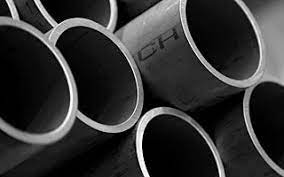The Advantages and Disadvantages of Duplex Steel

Duplex steel has become one of the most common forms of stainless steel due to its good toughness and corrosion resistance. The alloy’s development dates back to the late 1920s. Its uses increased over the years and became more popular in the oil and gas industry.
Ferrite is present in the metal’s microstructure and provides resistance to pitting and crevice corrosion. On the other hand, Austenite is a specific arrangement of iron and carbon atoms and is a relatively strong material. Both grains can provide different benefits depending on their application.
In most duplex steel grades, the phase balance is between 50% ferrite and 50% austenite.
Applications of Duplex Steel
Although an exact 50:50 balance is impossible, a range is usually acceptable. However, in some instances, the ferrite content is greater than the Austenite. A combination of these materials is also known as Super Duplex, and it offers a high degree of resistance to pitting and stress corrosion cracking.
Although the use of duplex steel has grown in the last decade, it still has its limitations. For example, it is not suitable for high-temperature applications. At extreme temperatures, it can be susceptible to stress-corrosion cracking. Therefore, proper quality control is essential in the manufacture of these products.
Functions of Duplex Steel
Duplex steel is also widely used in manufacturing marine equipment and vessels. It is a popular material for sanitary environments because it is sanitizable and easy to clean.
This is especially true for pressure vessels. Other applications of duplex stainless steels include the construction of infrastructure elements, such as bridges, tanks, and other load-bearing members.
0
